10 Years After Mount Polley: Lessons Learned
Is It Worth The Risk?
When a mine dam fails, the people of B.C. should not have to pay the bill for cleanup. But unfortunately, that’s what happens.
August 4th marks the 10th anniversary of the catastrophic dam failure at Mount Polley, an open-pit copper mine near Quesnel, B.C. The collapse released 25 million cubic meters, the equivalent of 10,000 Olympic swimming pools, of tailings and water into critical sockeye salmon habitat.
A decade later, scientists report that despite the company’s efforts at reclamation, the spilled tailings negatively impact downstream creeks and lakes.
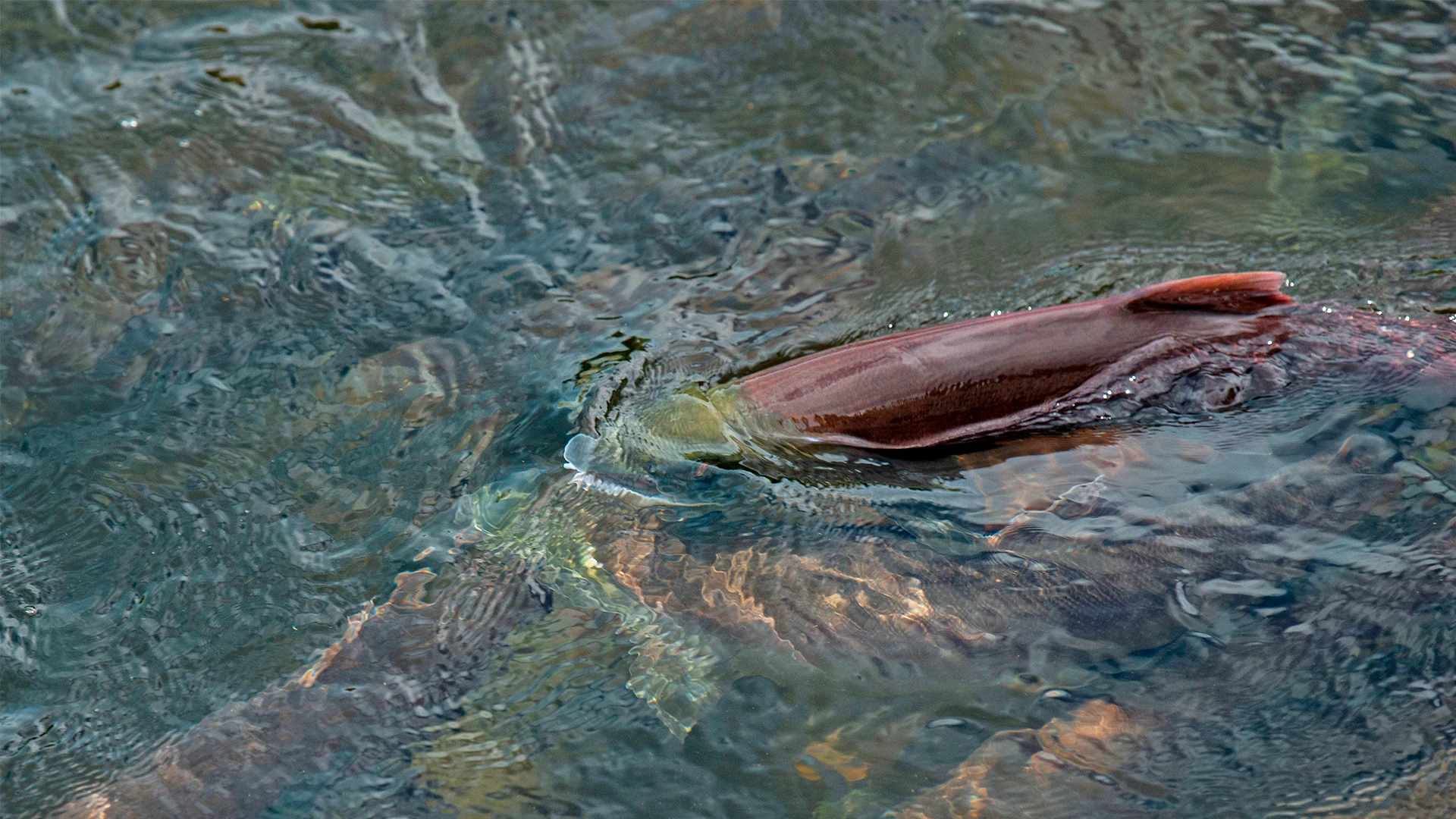
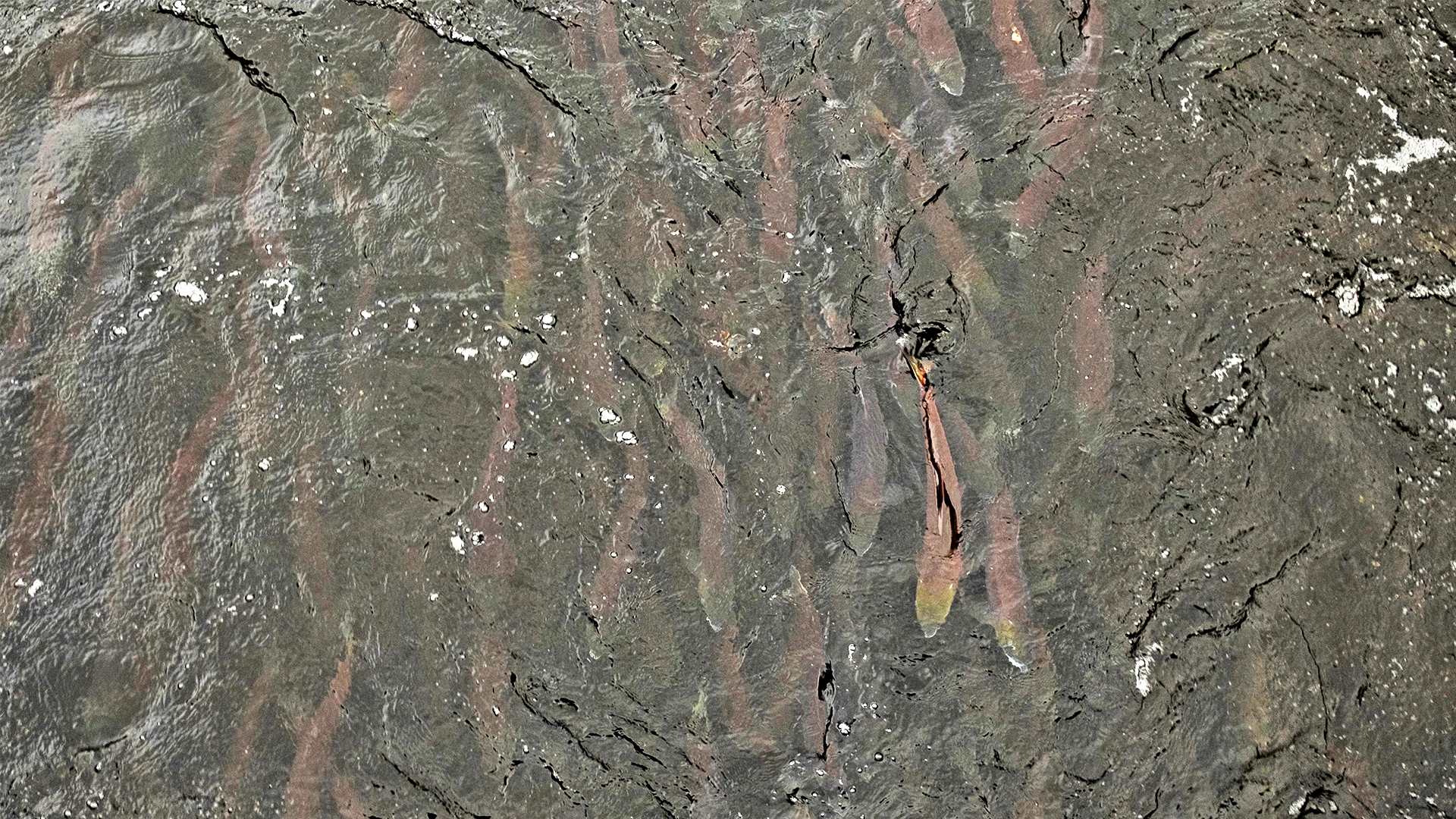
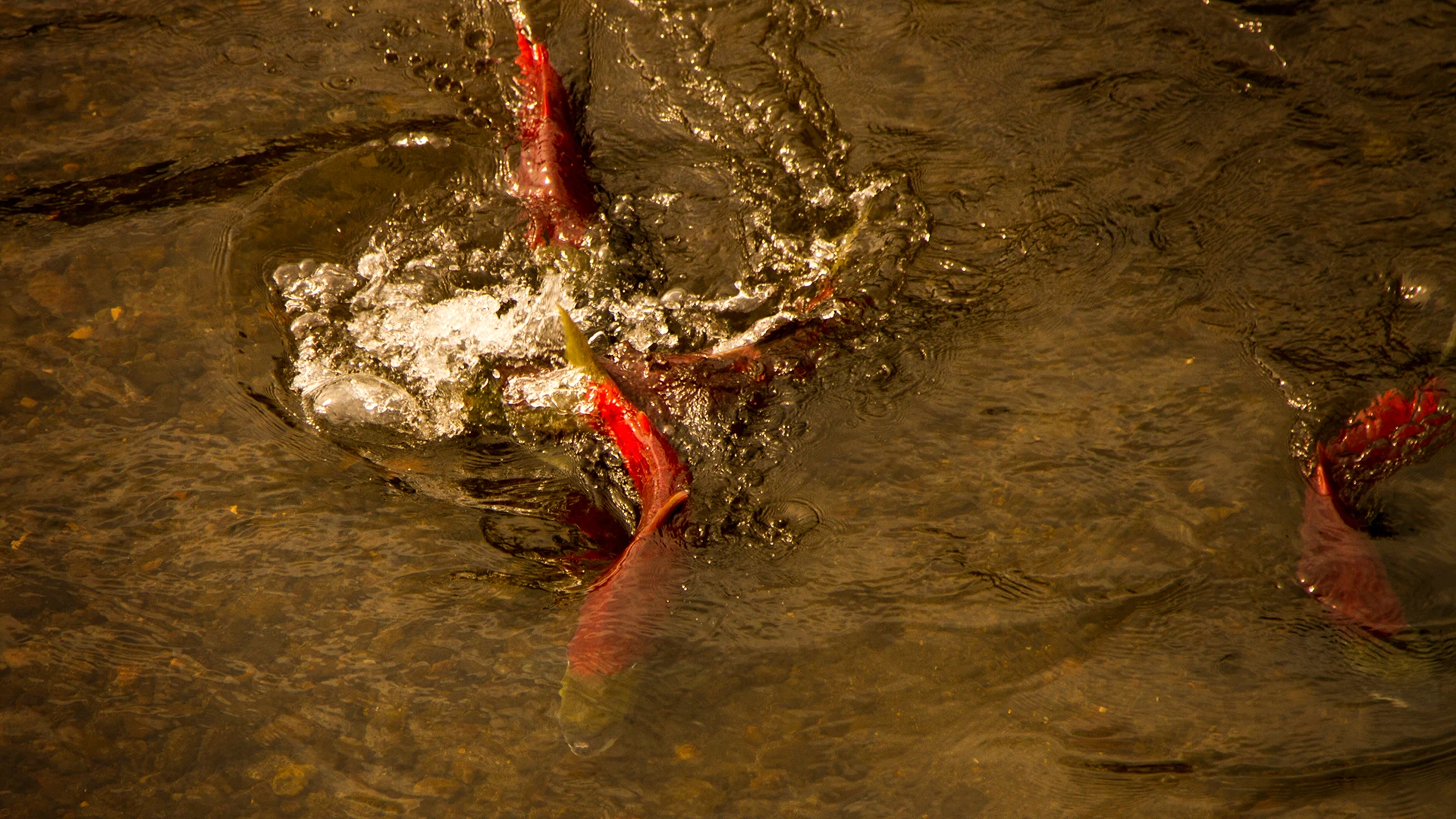
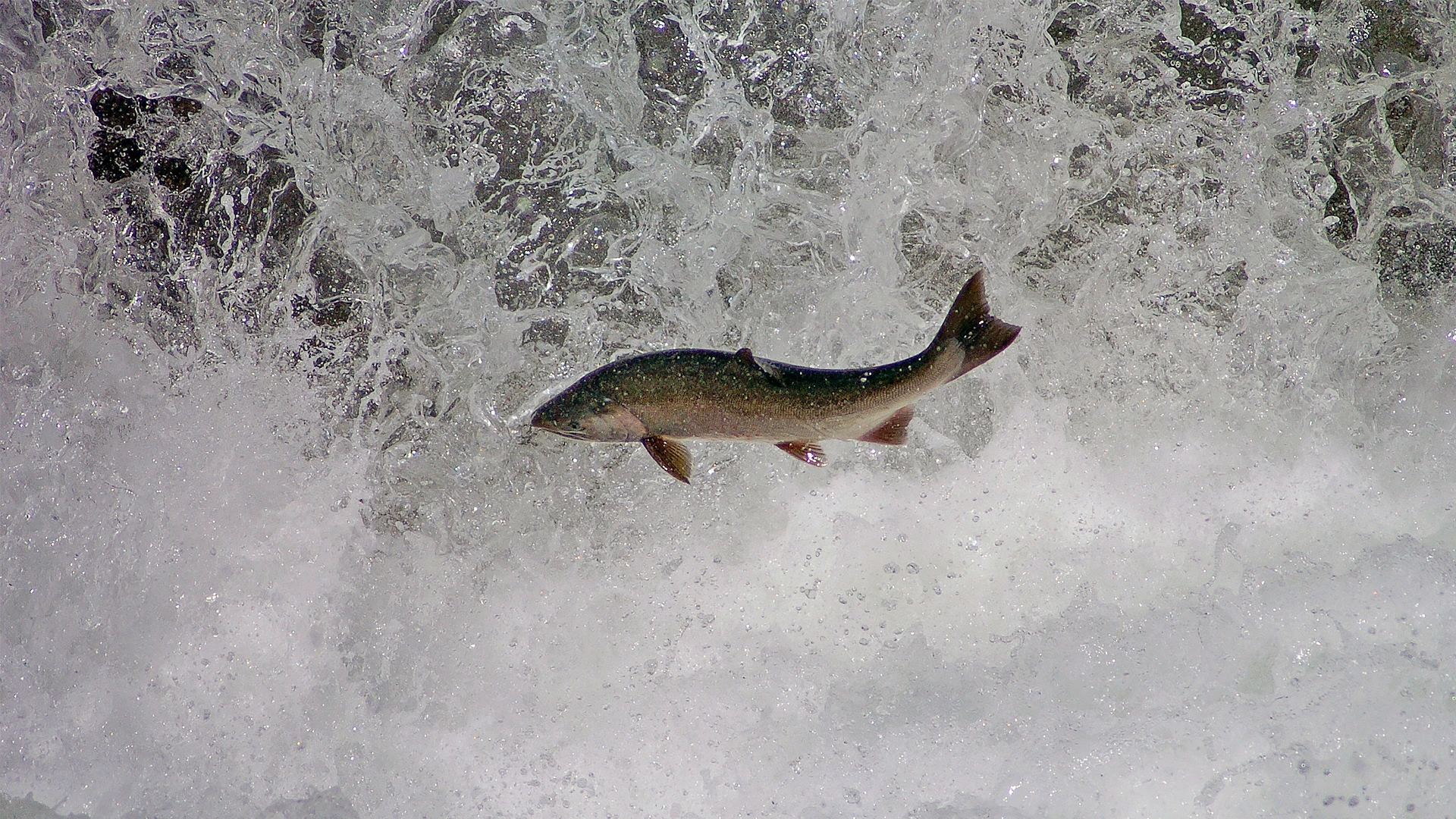
Making Polluters Pay
Working Together To Protect Salmon
The construction methods used at the Mount Polley dam are also employed in other northern B.C. mines, including Red Chris. When these dams fail, the financial burden of clean-up falls on the people of B.C. This is why, at SkeenaWild, we advocate for polluters to pay into a disaster fund to cover unexpected events like dam failures. This policy incentivizes mining companies to minimize environmental damage and reduces public liability.
Reducing Risks and Creating More Opportunity
Additionally, adopting new technologies and addressing mining’s environmental impacts can lead to more responsible practices and help prevent future disasters. SkeenaWild’s Ecologist and Mining Impacts Researcher Adrienne Berchtold spoke at a forum about the increasing risk of tailings failures in B.C.
In her presentation below, Adrienne highlighted the growing dangers and consequences of dam failures as the number and size of tailings facilities increase. This is particularly concerning in the Skeena region and the rest of northwestern B.C., where the push for critical minerals mining intensifies pressures to build more open-pit copper mines.
Risks of BC Mining
Critical minerals are minerals considered essential for a range of applications that are at risk of supply chain disruption. Some critical minerals are used for electric transportation, batteries, and technologies like smartphones, while others are used for military purposes like defence and aerospace.
Given these risks, SkeenaWild collaborates closely with the BC Mining Law Reform network to advocate for a responsible energy transition that minimizes the need for new mines and prioritizes safety at existing ones.
Together with the BC Mining Law Reform network, we have created an interactive online map of mine sites with tailings facilities in BC. This map provides communities with vital information about the risks posed by billions of cubic meters of toxic mine waste, known as tailings, stored behind some of the highest dams in the world.
How can you help?
Take Action
Advocate for Mining Law Reform
Donate
Fund further research on tailings safety through our Mining Reform Program
Learn More
Discover what our Mining Reform team get up to
Other News
-
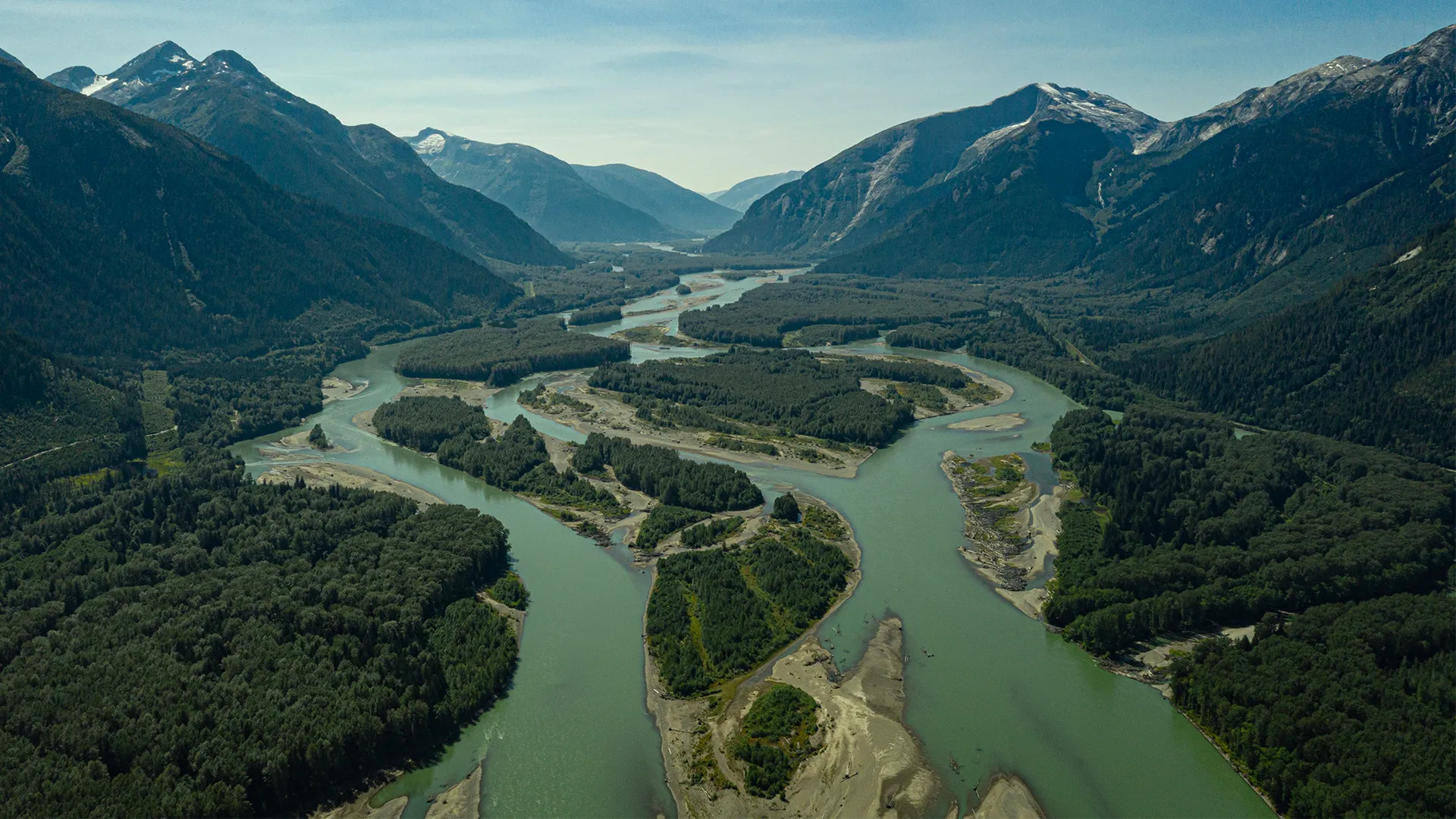
2025: Our year in Review
2025 Annual Report 2025: What We Achieved Together And what’s in store for 2026. Your support makes it all happen. Together, we’re building a sustainable…
-
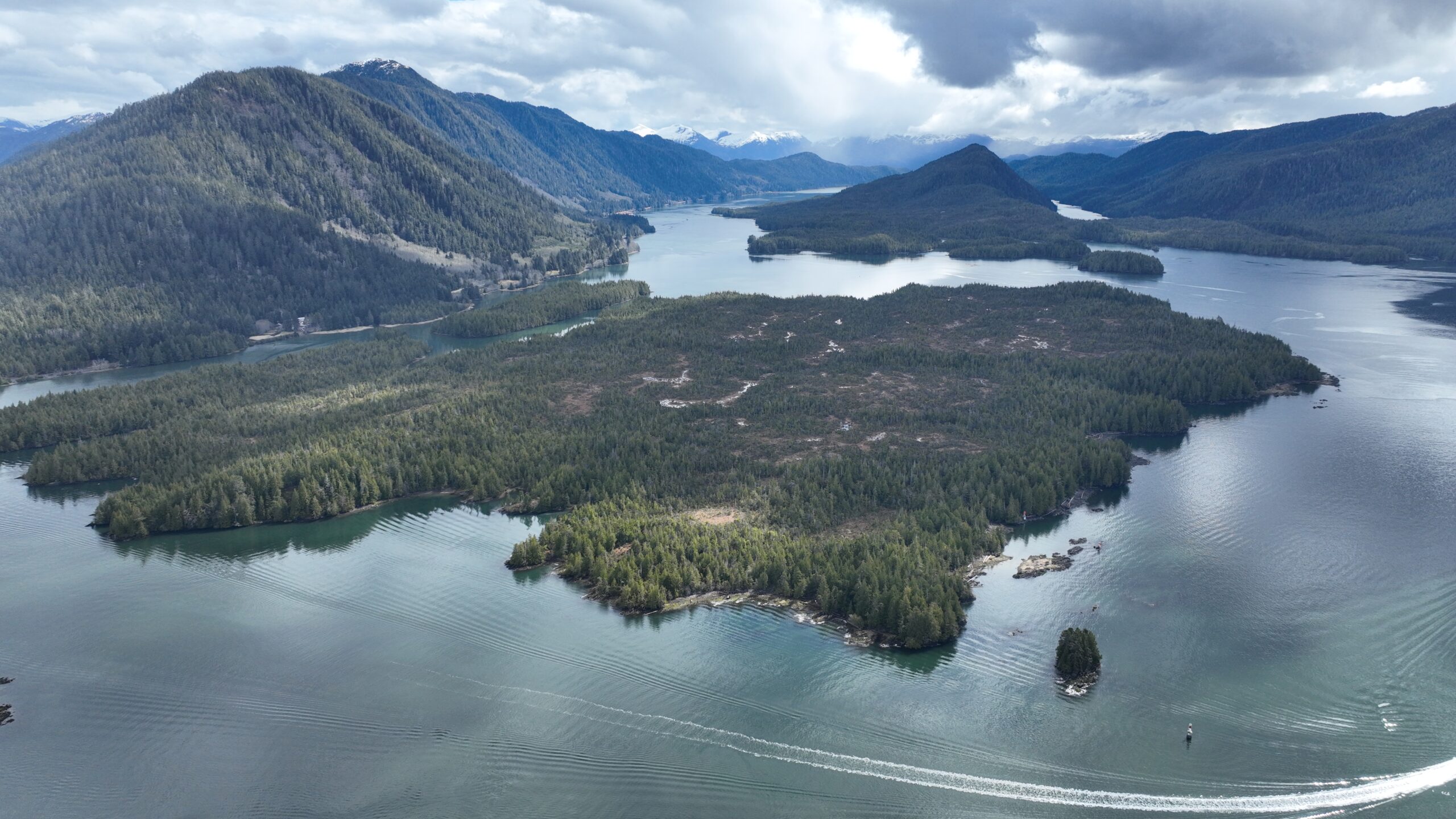
Citizen Letter to an MP — Uphold the North Coast Oil Tanker Moratorium
The North Coast of British Columbia is one of the most ecologically rich, culturally significant, and irreplaceable coastlines in Canada. Our salmon rivers, wildlife, forests,…
-
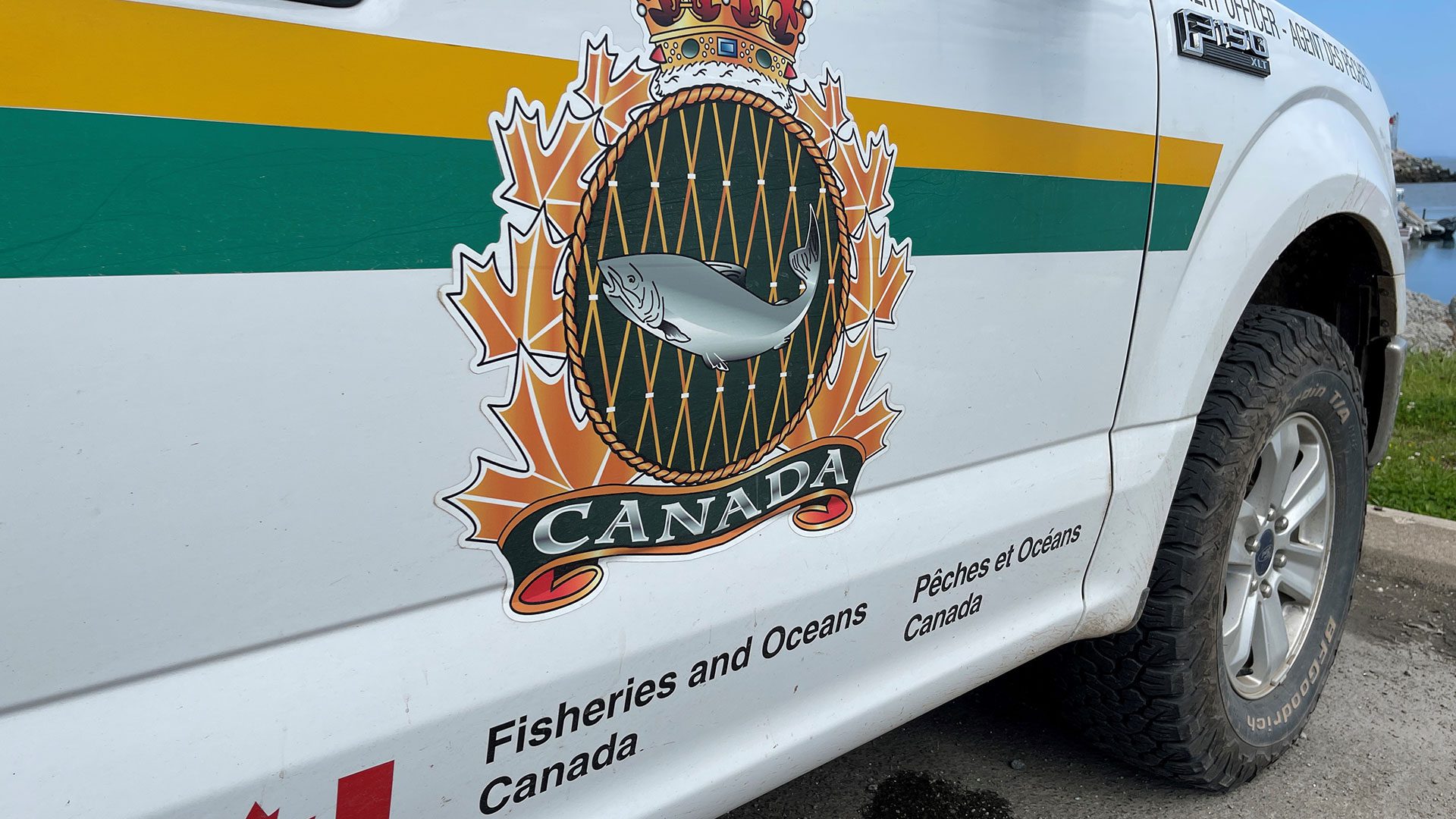
SkeenaWild warns DFO cuts threaten salmon and communities that depend on them
The federal budget announced yesterday includes $500 million in cuts to Fisheries and Oceans Canada (DFO) over four years. That’s five times deeper than the…
-
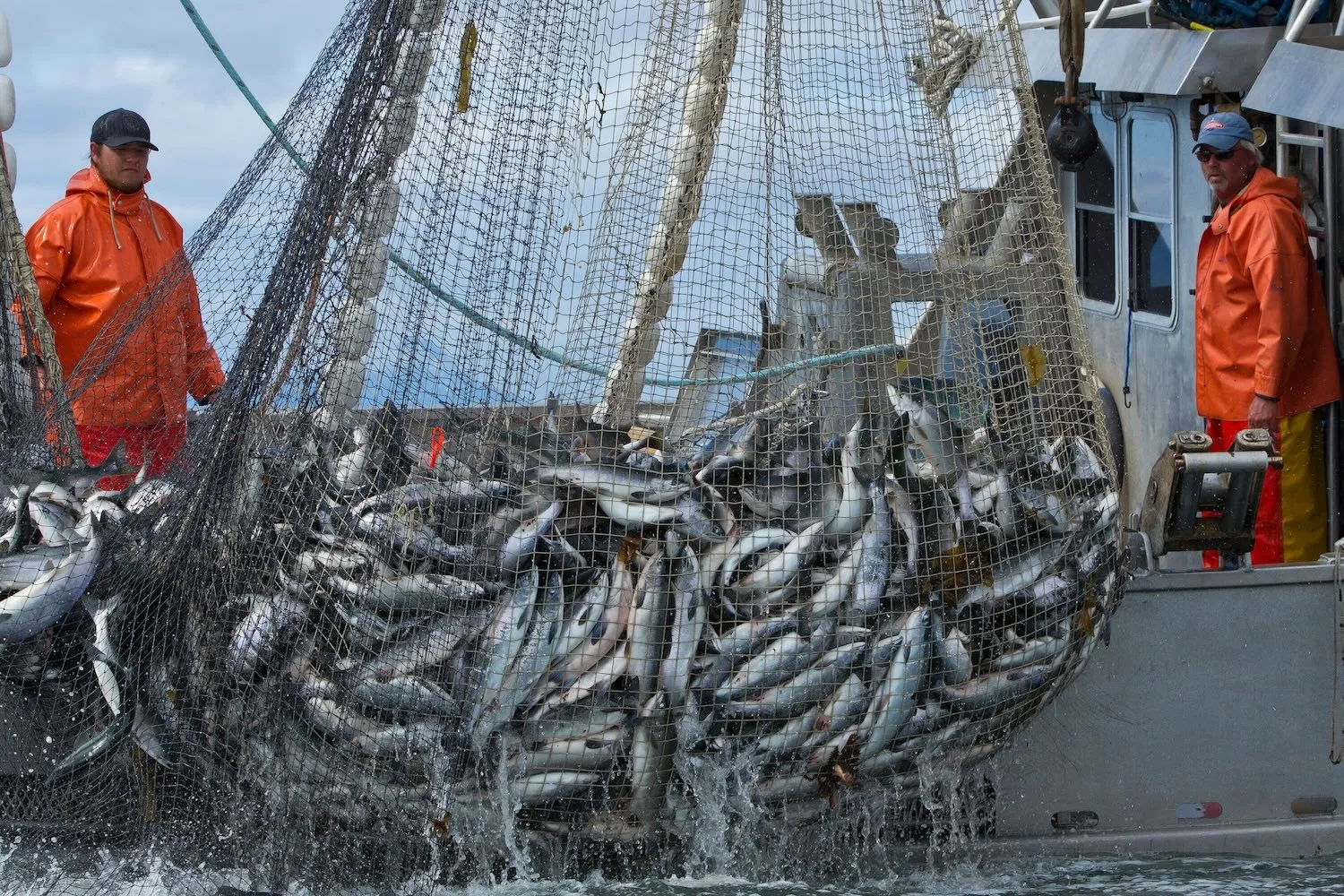
Southeast Alaska 2025 Salmon Season Summary
Southeast Alaska’s 2025 salmon season fell short of forecasts, with pink salmon catches down 10 million. A major fishing shift into District 104 raises new…
-

2025: Our year in Review
2025 Annual Report 2025: What We Achieved Together And what’s in store for 2026. Your support makes it all happen. Together, we’re building a sustainable…
-

Citizen Letter to an MP — Uphold the North Coast Oil Tanker Moratorium
The North Coast of British Columbia is one of the most ecologically rich, culturally significant, and irreplaceable coastlines in Canada. Our salmon rivers, wildlife, forests,…
-

SkeenaWild warns DFO cuts threaten salmon and communities that depend on them
The federal budget announced yesterday includes $500 million in cuts to Fisheries and Oceans Canada (DFO) over four years. That’s five times deeper than the…
-

Southeast Alaska 2025 Salmon Season Summary
Southeast Alaska’s 2025 salmon season fell short of forecasts, with pink salmon catches down 10 million. A major fishing shift into District 104 raises new…